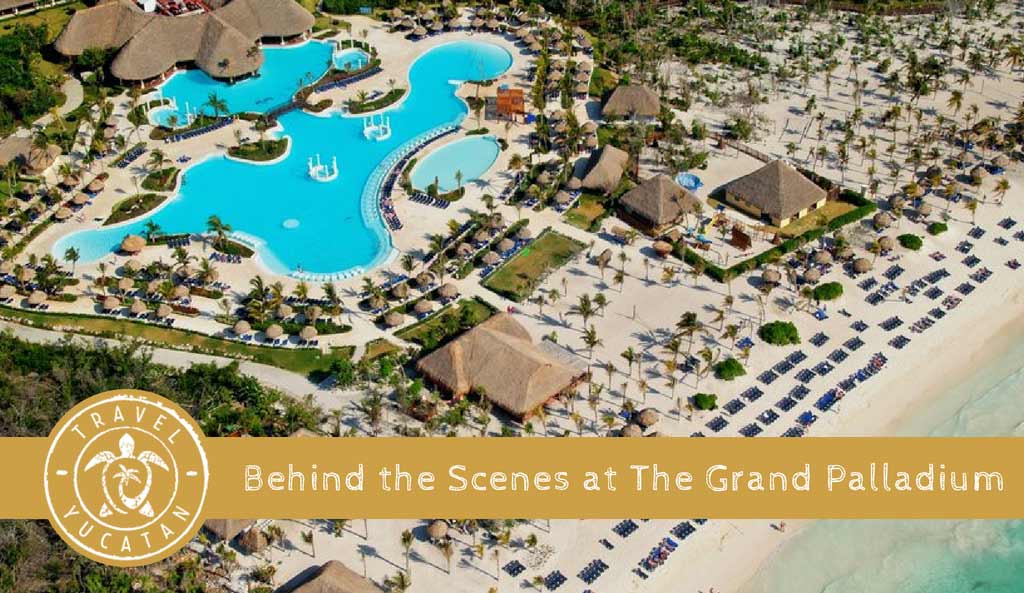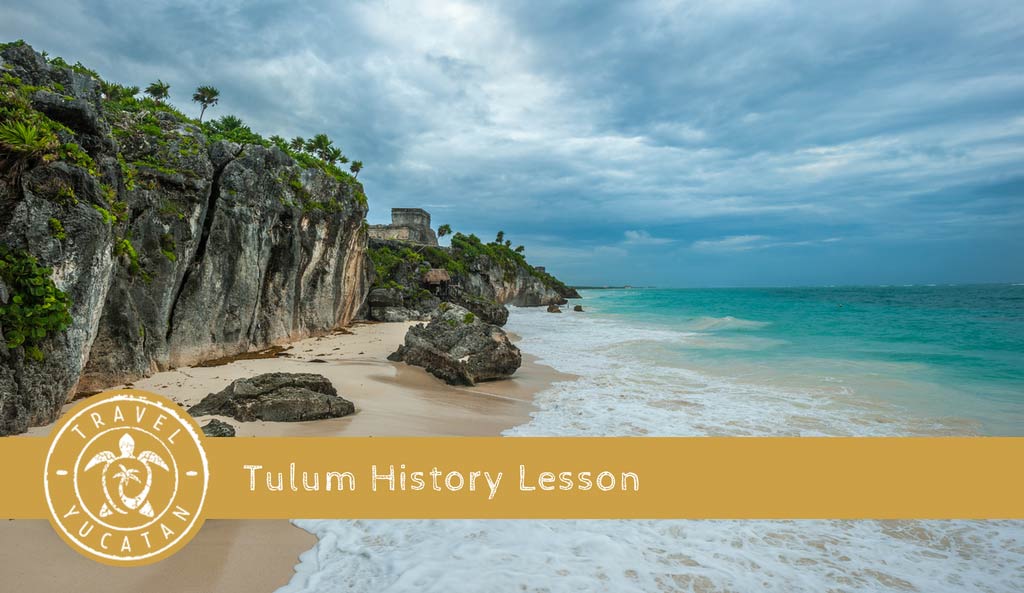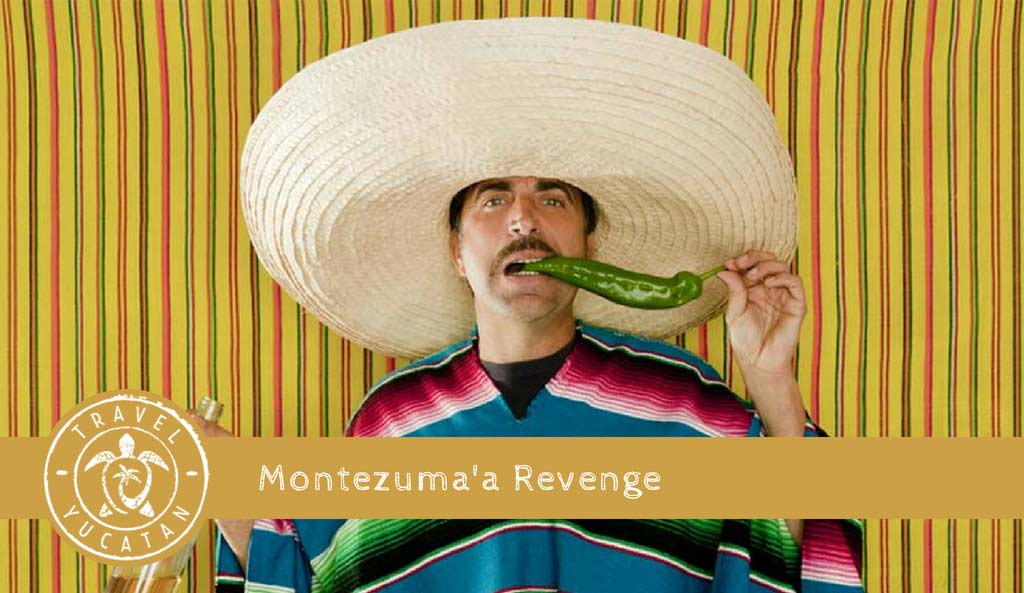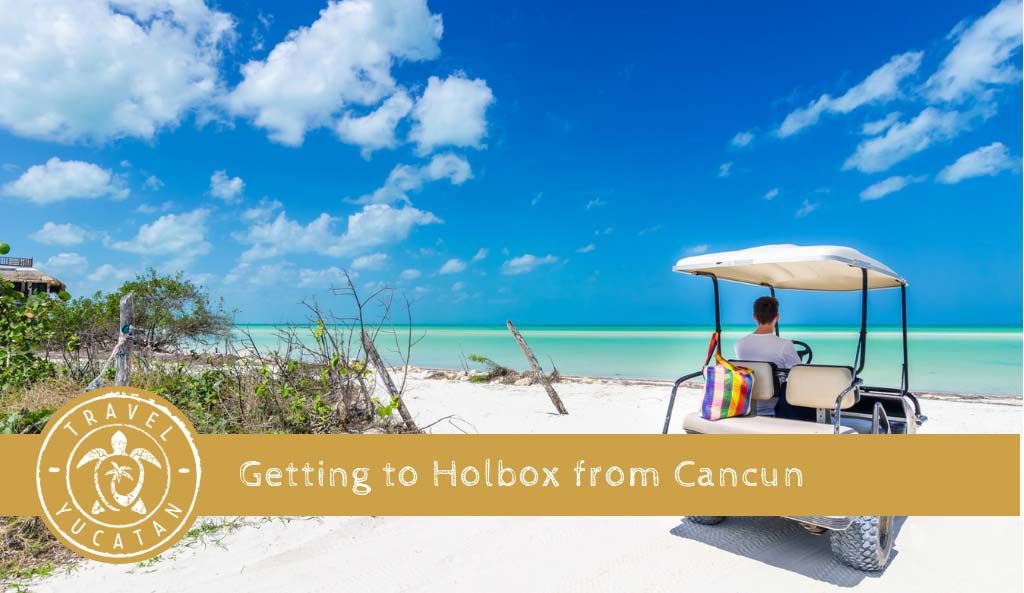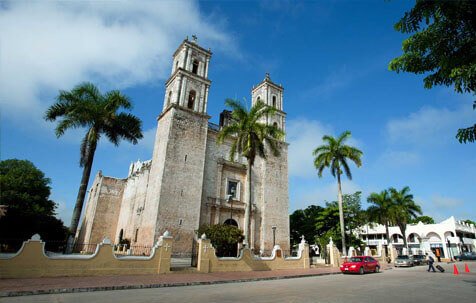CANCUN
Isla Mujeres: The Island of Women is located 11 km off the coast of Cancun and is known for its relaxed tropical setting and turquoise blue, bathtub warm water. Ferries leave from five points of isla Cancun. You can catch ferries at Punta Sam, Puerto Juarez, Playa Linda Terminal, Playa Tortugas and the Club Nautico Dock. Bicycles and Mopeds can be rented on the island. Taxis are available and there is an infrequent local bus service.
Isla Contoy: From Isla Mujeres it’s possible to take an excursion by boat to tiny, uninhabited Isla Contoy.
The beautiful island of Contoy lies just north of Isla Mujeres. This tiny island is under 4 miles long and only 20 meters wide at its widest point. It was declared a National wildlife reserve in 1961 and is renowned for its flora, fauna and particularly for its birds.
Over 70 species have been counted including large nesting colonies of Brown Pelicans and Magnificent Frigate birds, along with Roseate Spoonbills, Herons, Egrets, Terns, Kingfishers, Cormorants and an occasional Flamingo. Bring mosquito repellent, and beware of the boa constrictors and small crocodiles that live in the island’s ponds.
MAYAN RIVIERA
Aktun Chen: Beautiful underground dry caves with stalactite and stalagmite formations, a spectacular fresh water cenote and zipline adventure await. You might even be lucky enough to see spider monkeys. Poisonous and non-poisonous snakes can be seen at the serpentarium. Located in the jungle between Akumal and Xel-Ha.
Horseback Riding on the Beach: Ride into the jungle on a tour lasting about an hour and a half. You’ll be assigned the horse that best suits your needs and experience to keep you safe throughout the journey. Afterwards, ride along Maroma Beach, one of the most beautiful beaches in the world according to the Discovery Channel.
Xcaret: Eco Mayan theme park. We just love this place. It is a paradise for children and you can spend the whole day there. Some of the attractions include a re-enactment of a traditional Maya ballcourt game, butterfly pavilion, traditional Mexican dance and music, small zoo and much more. The swimming here is excellent and the water theme parks rival Disney World; in fact we think they are better.
Xel-Ha is a great place to go snorkeling or swimming. It is a fresh water bay that meets the ocean. Many sea creatures make their home in the bay and its tributaries and a snorkel around the bay will simply blow your mind if you are not an avid diver or snorkel. It is well worth the price of admission and a great place for kids. There are many well-trained lifeguards on duty.
Sian Ka’an Biosphere Reserve: Just south of Tulum, the reserve has an abundant amount of flora and fauna and several distinct natural ecosystems. The reserve contains unexcavated Maya ruins, freshwater canals, cenotes, mangroves, lagoons and inlets. The fishing village of Boca Paila is within the reserve. The town of Punta Allen is the end of the Maya Riviera found at the southern tip of the reserve.
NOTE: The roads in and out of Sian Ka’an are treacherous. When you rent a car, quite often the clerk will ask you where you are planning on taking the car. Some car rental agencies will not let you take a car to Sian Ka’an because of the possibility of damage being inflicted on the car due to the rough road conditions.
Xaman-Ha Aviary: Home to exotic birds including scarlet macaws, flamingos and herons. Xaman-Ha is in Playacar which is right next to Playa del Carmen.
Punta Laguna: Spend time with spider monkeys and howler monkeys in their natural habitat. You can trek in the jungle and travel Punta Laguna by boat. Birds, deer, turtles and crocodiles are among the other wildlife to be seen. Punta Laguna is northwest of Coba. There is also a Mayan ruin site here.
Jungle Maya Tour: This is a full adventure in the Riviera Maya that includes swimming in cenotes, flying on zip lines, visiting Rancho San Felipe and the Nohoch Nah Chiich cave, snorkeling, riding in Unimog’s, swim in Yaxmuul (an underground pond), and much more.
Jardin Botanico del Dr. Alfredo Barrera: Beautiful botanical gardens located a few minutes south of Puerto Morelos on the eastside of highway 307. Experience exotic species of tropical fauna displayed in the natural settings of the tropical rainforest.
MERIDA
These attractions are located near Merida:
Celestún
Located 80 km west of Merida on Highway 281.
Celestún is a small fishing village and bird sanctuary on the Gulf of Mexico on the Western Coast of the Yucatan Peninsula. Inland waterways provide a natural habitat for flamingoes, herons and other tropical birds. If you are lucky you may see a flock of flamingos flying over you, which is quite an experience.
Yucatan Haciendas
Discover what life in Yucatan was like during the eighteenth and nineteenth centuries. Go to the Uayalceh, Yaxcopoil and Ochil haciendas and learn about the machines that extracted the henequen fibers used in the production of rope.
Komchén de los Pajaros
Located 35 km northeast of Merida – 50 km from Rio Lagartos.
The Komchén Bird Sanctuary is a private non-profit organization created at Hacienda Henequenera. This sanctuary provides facilities for the practice of ecotourism. Its mission is “to sustainably develop and conserve a nature reserve and at the same time improve the living conditions of local people”.
Rio Lagartos
Located about 85 km east to Tizimín and 30 km north.
Declared a wildlife refuge in 1979, the Rio Lagartos Reserve covers over 100,000 acres of a wide variety of habitats including flamingoes, howler monkeys, crocodiles, jaguars, pheasants and white tail deer.
Uaymitun
Flamingos can also be seen at Uaymitun, just north east of Progreso.
Visit the lookout tower that is right next to the road. Entrance is free and the caretakers will even lend you binoculars.
Ik Kil
Ik Kil is a favorite cenote near Chichen Itza.
CAMPECHE
Calakmul is a biosphere reserve located 318 km from the City of Campeche. In this area jaguars, howler monkeys, deer, pumas, wild cats and many other mammals have their home, together with many kinds of spiders, reptiles, insects and more than 800 plant species.
The Royal Highway was the road used to link the two most important peninsular cities, Campeche and Merida during the Spanish conquest. Driving along the highway, you can shop for hammocks, wooden handicrafts, liquors and syrups made from local fruits.
Our tours are perfect for singles, seniors, and children.
Mexico holds a richly diverse Eco-system. Arid deserts, sultry tropical forests, and rugged snow-capped mountain peaks with plunging canyons and gorges make Mexico the ideal vacation spot for both Eco-tourists and adventure enthusiasts.
A blanket of semi-tropical rainforest covers the Yucatan Peninsula. The jungle as it is referred to is almost completely inaccessible in all areas except by roads or with a guide on trails. Paved roads criss-cross the entire region with main highways running along the coasts.
Most of the Peninsula’s interior is uninhabited save hunters who still live deep in the jungle in small communities only accessible by trail. Driving the inland roads you encounter small villages with electricity every so often. You know you are close to a village when you start hitting speed bumps [topes] on the road.
By and large the entire Peninsula is rugged terrain reminiscent of Northern Ontario or America’s Anarondac but mostly flat. There are a number of National Parks and of course commercial ventures most notably Xcaret and Xel-Ha. Criticized for combining the beauty of the natural coast with an Eco friendly park it must be said that they did do a fantastic job. It was bound to happen some day and the people who actually did the work did a magnificent job in making this area accessible to everyone and at the same time providing work for local residents. Many children get to experience something that before the development was not as accessible.
There are caves all over the Yucatan and numerous Tour Operators have trips to visit them. There are however many caves known only to local residents or people who live in a specific area. In fact if you know the right people you can go to sacred caves and waterfalls that were once used by Mayan Kings and Queens. There are sacred caves with terracotta clay where you can have a mud bath then wash off under a waterfall. This is truly an enchanting experience.
Cenotes dot the landscape and if you fly over the Yucatan you will see many but what is most striking is that you can see the faint outline of what was once a village around or next to every single cenote. It is absolutely astounding to imagine how populated the Peninsula once was compared to today. Getting to many of these cenotes is next to impossible however some are accessible. Some are privately owned and operated as businesses and some are hidden away in the dense jungle only accessible by guide and path.
There are a number of lagoons or small lakes most of which have no development on them except a few cabanas. Coba and Punta Laguna are two located in the Maya Riviera. Laguna Bakalar is a beautiful lake located near Chetumal. Misha Ha is close and less developed. Both lakes will remind you of any lake in Canada as far as cottages are concerned. Mexicans like cottages as well.
The state of Quintana Roo contains a large percentage of Mexico’s parks and reserves, 20% of its territory being covered by some sort of environmental protection.
Recently there have been a number of ecotourism developments in these protected areas. Some of the ecotourism projects, like the Sian Ka’an, make a solid effort to protect the natural resources and educate visitors.
Other projects are primarily commercial. These projects are generally Eco friendly residential developments or theme parks.
Mexico’s Natural Park budget is small and private companies control many of the popular ecotourism destinations.
It is a paradox that you will find the greatest zeal for environmental protection at developed Eco attractions.
PLANNING YOUR TRIP
Whether you are a seasoned traveler or on your first Mexican Eco adventure the strategy is the same. First study the area and find out where things are. Next locate accommodations or a campsite. It is advisable to reserve a room in the high season, campers need not worry. Plan your route.
If it your first trip to the Peninsula you may want to consider booking your trip through an adventure tour company. If you are flying into Cancun then you will be met at the airport and whisked away to your first destination where everything is prepared for you.
There are more adventure tour companies operating out of Playa del Carmen than anywhere else in the Peninsula. They are situated well with caves, cenotes, Sian Ka’an, Coba, Tulum, Cozumel and many other destinations within a short drive.
GETTING THERE
The ingredient, which is paramount to a successful expedition, is transportation. You have five possibilities:
Rent a vehicle
- Take a bus
- Rent a taxi
- Hitch a ride
- Ride a bicycle
Regardless of how you access the Peninsula, via Cancun or through Tobasco you have to get around and many of the Eco destinations are remote. Selecting your mode of transportation is crucial. Below is some helpful information to help you plan your transportation requirements.
RENTING A VEHICLE
Renting a vehicle to go Eco exploring is different than renting a car or scooter to drive from Playa del Carmen to Tulum and back. Some of the roads that lead in to the places you wish to travel are not paved and are treacherous. If you are not in a four-wheel drive truck you could damage your vehicle and if it is a rental then you may be paying a rather high deductible as well as a towing fee if this is necessary.
Some small rental agencies will ask you where you are going and will not give you a car if you plan on taking it across state lines or to some place where the roads are extremely bad.
If you are trekking across the Peninsula you may also have to rely on private gestations in some situations.
TAKING THE BUS
The Mexican bus system goes everywhere. To get to many places you may however have to transfer buses repeatedly then scale down to using local systems, which are vans. In the off season local buses run less frequently and some times there is a long wait for a bus that is not full. These bus schedules change and it is almost impossible for us to report to you what they all are and our best advice is to ask the local residents of the place where you plan to stay as soon as you arrive as to what the bus schedule is for connecting highways and routes.
In some destinations like Xpuhil on highway 186 you have to wait for the bus to arrive before you can purchase a ticket, even for first class buses. Also sometimes the bus can be as much as 1 hour early so it is a good idea to hang around the bus station for your bus instead of showing up 10 minutes before departure. In some situations you may have to wait 12 hours or more for the next bus to your destination if you miss one.
RENT A TAXI
Quite often you can rent a taxi to drive you to a ruin site, cenote, cave or any location for that matter. The driver will wait for you as long as you wish while you conduct your exploration. He will then drive you back. You can negotiate a price for this before you depart so there are no surprises and you pay the driver when you return so you do not have to worry about returning from a 6 hour hike only to find yourself alone in the middle of nowhere.
An advantage of taking a taxi is you may get lucky and encounter one of the local characters who can provide you with lots of useful information about the area, if you can communicate. Taxi drivers have their finger on the pulse and can answer many questions if they understand what you are asking them.
HITCH A RIDE
Hitching a ride is possible however it is not done in the same manner. Near tourist zones, drivers do not pick up hitchhikers unless the driver knows the person standing at the side of the road. In rural areas in the country you would find things to be like any farm community and it is possible to hitch a ride by just standing on the side of the road.
The best thing to do is have arrangements made for a ride by somebody going your way and offer to pay some pesos for the ride. This is not that easy a thing to do everywhere.
RIDE A BICYCLE
Much of the Yucatan Peninsula is flat and the roads paved. Every small pueblo will have a mechanic with some bike parts or the tools for you to make an emergency repair if needed. If anything major occurs and you do not have a spare part then you will not find it there.
It can get hot but fortunately there are towns everywhere and small farming communities with cantinas. Traffic in the interior is low and if you are not on a major route for an archaeology ruin site then you will not have to deal with tour buses.
SO WHAT’S THE BEST WAY TO TRAVEL?
It depends on where you are going and what your budget is. If you are in Merida and wish to visit Uxmal and surrounding area then renting a car is a relatively safe venture as the roads are in good condition, there are gas stations along the way, some signs and the traffic is not bad. If you are planning on driving around Majahual exploring Chinchorro Reefs or heading up to Sian Ka’an then you may want to take the bus or arrange a transfer with a tour company.
For going long distance like Cancun to Campeche or Cancun to Chetumal then taking first class bus is inexpensive, reliable and fast. Ultimately if you can afford it, the best way to go is to have a guide who has his or her own transportation. This way you can drive all over the place with your new friend and learn more about Mexico then you ever expected. If not, use a combination of first class buses and colectivos.
RECOMMENDED EQUIPMENT
GPS or compass
Water bag or canteen
Hiking boots/shoes
Water shoes/kayak shoes
Long pants
Hat
Flashlight
Survival tools
Lighter
Swiss army knife
Raincoat
First aid kit
FOR BACKPACKERS
Hammock
Candles
Rubber boots
Warm clothing [for evenings or especially if you are going to the Chiapas]
Raincoat or large piece of plastic
Backpack
Mosquito net [you might need it]
Small pot, plate, knife and fork
Small grill

